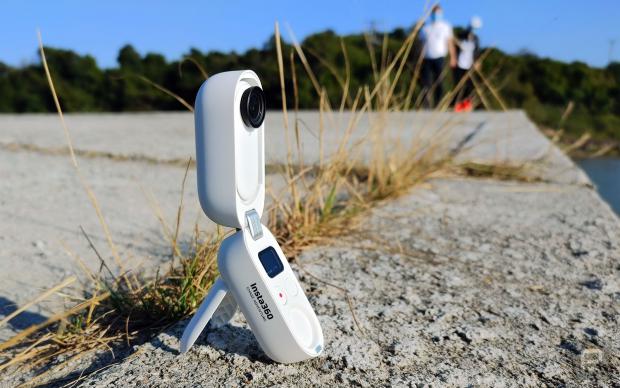
Breaking News
 Harbor Freight Coverpro 12x20 made into a Metal Building part 2
Harbor Freight Coverpro 12x20 made into a Metal Building part 2
 Brian Cole BUSTED, Halle Berry NUKES Newsom + Candace REJECTS TPUSA Challenge...
Brian Cole BUSTED, Halle Berry NUKES Newsom + Candace REJECTS TPUSA Challenge...
 I spent my Thanksgiving in the emergency rom... Medical emergencies can pop up at any time.
I spent my Thanksgiving in the emergency rom... Medical emergencies can pop up at any time.
 The "Golden Age" of Job Layoffs?
The "Golden Age" of Job Layoffs?
Top Tech News
 Build a Greenhouse HEATER that Lasts 10-15 DAYS!
Build a Greenhouse HEATER that Lasts 10-15 DAYS!
 Look at the genius idea he came up with using this tank that nobody wanted
Look at the genius idea he came up with using this tank that nobody wanted
 Latest Comet 3I Atlas Anomolies Like the Impossible 600,000 Mile Long Sunward Tail
Latest Comet 3I Atlas Anomolies Like the Impossible 600,000 Mile Long Sunward Tail
 Tesla Just Opened Its Biggest Supercharger Station Ever--And It's Powered By Solar And Batteries
Tesla Just Opened Its Biggest Supercharger Station Ever--And It's Powered By Solar And Batteries
 Your body already knows how to regrow limbs. We just haven't figured out how to turn it on yet.
Your body already knows how to regrow limbs. We just haven't figured out how to turn it on yet.
 We've wiretapped the gut-brain hotline to decode signals driving disease
We've wiretapped the gut-brain hotline to decode signals driving disease
 3D-printable concrete alternative hardens in three days, not four weeks
3D-printable concrete alternative hardens in three days, not four weeks
 Could satellite-beaming planes and airships make SpaceX's Starlink obsolete?
Could satellite-beaming planes and airships make SpaceX's Starlink obsolete?
Insta360's Go 2 actioncam is still tiny, but more capable

Like the original Go, the Go 2 features Insta360's FlowState digital image stabilization technology for smoothing out shaky shots. It can also likewise be clipped onto your clothing using a two-part magnetic mount, although other mounting options are available.
Footage is captured via a 120-degree fish-eye lens, along with a 1/2.3-inch image sensor which is larger than that of the Go. Video is recorded at a default resolution of 1440p/30fps, up slightly from the Go's 1080p.
It should be noted that the camera offers only about 28GB of usable storage, so it can't record real-time clips longer than 30 minutes in non-stabilized mode – that figure drops to 10 minutes with FlowState stabilization, or 15 minutes with basic stabilization. Still, it's much better than the Go, which can only manage real-time clips no longer than five minutes.
One charge of the Go 2's 210-mAh battery should reportedly be good for a runtime of 30 minutes, if the camera is just used on its own. It can, however, be placed within an included 1100-mAh battery-equipped charging case, which should keep it going for 150 minutes. That case can also be used as a mini tripod-like stand for the camera, or as a wireless Bluetooth remote control to start and stop recording.
As is the case with many other diminutive video cameras, users line up shots and review footage via an iOS/Android app on their paired smartphone. That app also allows them to change settings and access features such as time-lapse and 1080p/120fps slow motion.

 First totally synthetic human brain model has been realized
First totally synthetic human brain model has been realized Mach-23 potato gun to shoot satellites into space
Mach-23 potato gun to shoot satellites into space

